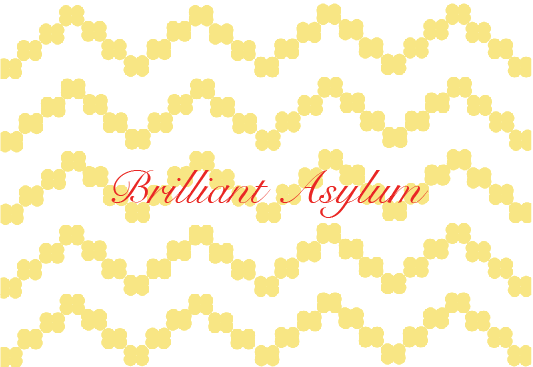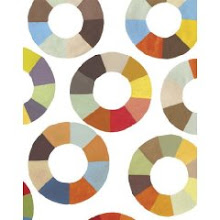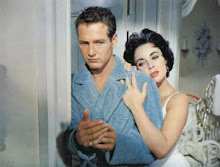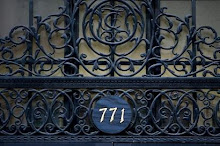 It's time to obsess over exotic locations and lithe bodies clad in maillots and caftans (as I polish off the last of the Christmas truffles). Since I do most of my journeying in the off-season to avoid the crowds and rate hikes (i.e., October), January generally signals the beginning of a dry travel spell for moi. Fortunately, we have the magazines to show us how resort is done while I rest between home improvement projects.
It's time to obsess over exotic locations and lithe bodies clad in maillots and caftans (as I polish off the last of the Christmas truffles). Since I do most of my journeying in the off-season to avoid the crowds and rate hikes (i.e., October), January generally signals the beginning of a dry travel spell for moi. Fortunately, we have the magazines to show us how resort is done while I rest between home improvement projects. Bazaar lets us peek through the lattice of the Mustique home of Lawrence and Claire-Anne Stroll (photographed by her pool in Michael Kors).
 Lightly-hued, Moorish architecture contrasts subtly with accessories in shades of the caribbean. Christina Onassis's ex-husband Sergei Kausov is responsible for commissioning the inlay and lattice-work when he originally built the estate in the 1990's.
Lightly-hued, Moorish architecture contrasts subtly with accessories in shades of the caribbean. Christina Onassis's ex-husband Sergei Kausov is responsible for commissioning the inlay and lattice-work when he originally built the estate in the 1990's. 
 More of Kors's resort fashions are modeled in the outdoor seating area overlooking the exclusive beach. Love that green backgammon set!
More of Kors's resort fashions are modeled in the outdoor seating area overlooking the exclusive beach. Love that green backgammon set!For the complete 2008 Resort Collection for Michael Kors and all the others, click here.







































































